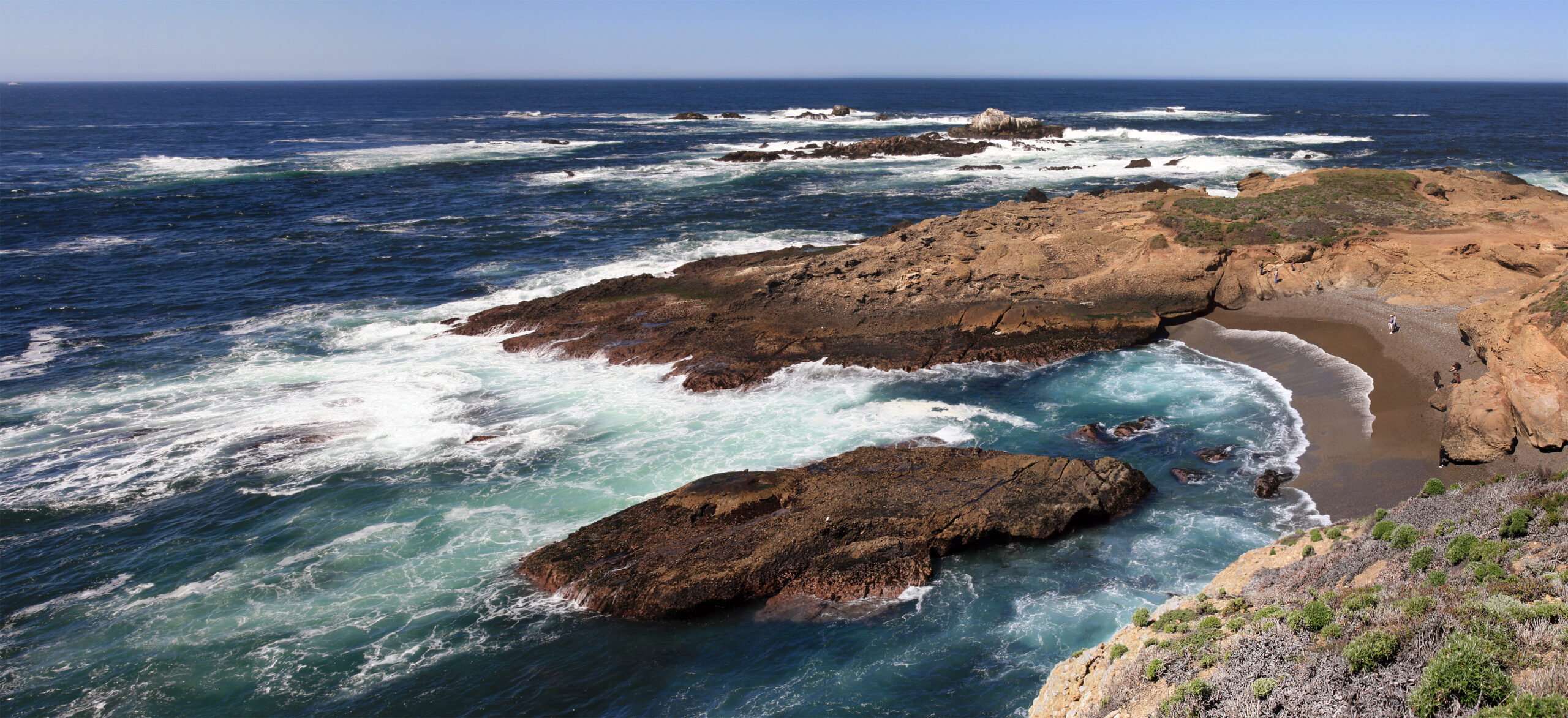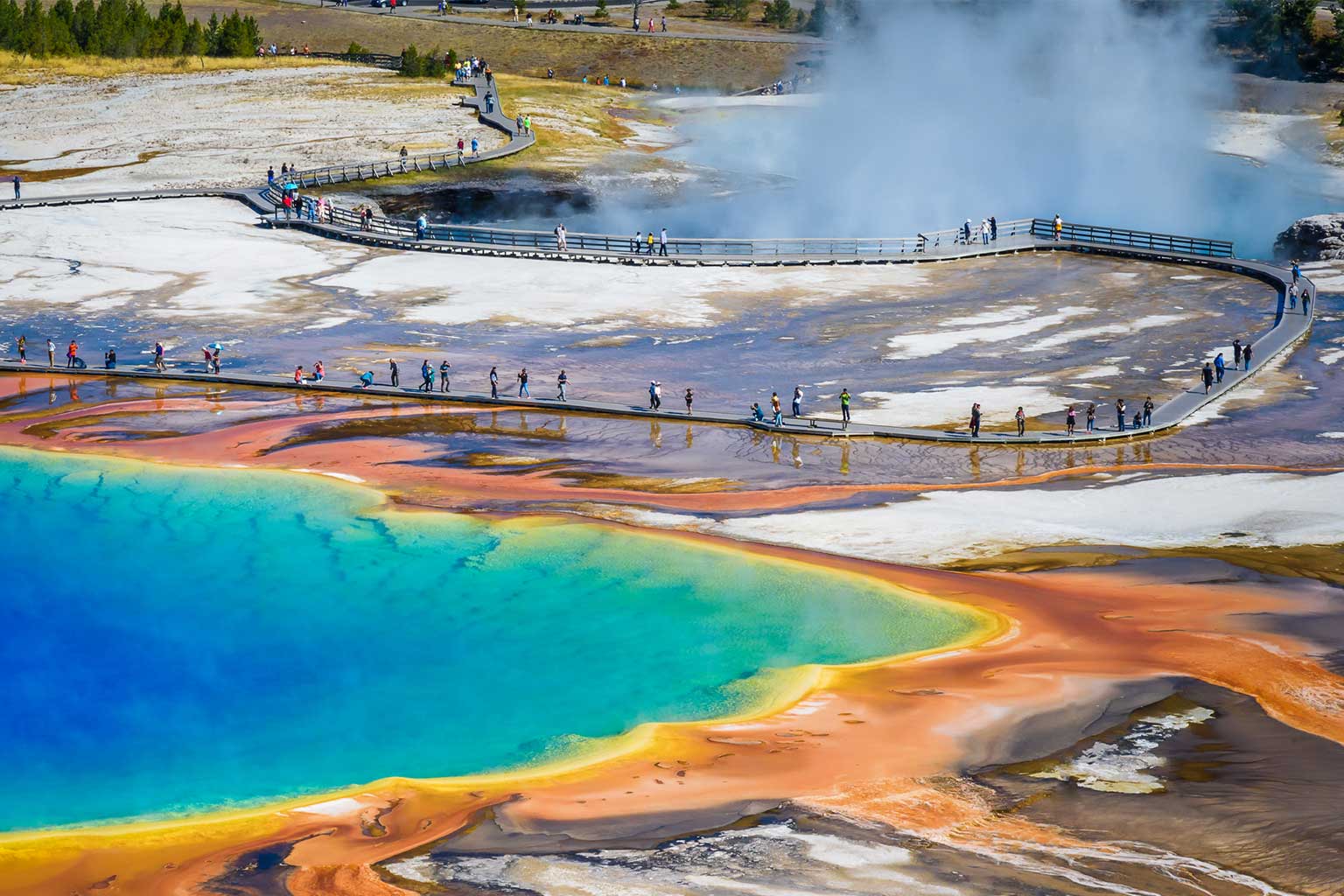Point Lobos, known as the “crown jewel” of California’s state park system, is wildly popular with the local Monterey residents, honeymooners, and other tourists. And for good reason. The park is spectacularly beautiful and is a veritable playground for wildlife. One of the most memorable moments from my own honeymoon was watching a harbor seal play and hunt in one of the park’s crystal clear lagoons.
However, the park’s popularity comes with a significant downside—the park can’t handle the amount of people that flock to it. Last week, Monterrey’s KSBW news reported on the scope of the problem:
About 1 million people a year visit the reserve and it’s more than the natural landscape can handle. Soon there may be a limit on the number of people allowed in each day. “There are over capacity issues, over use issues, people hiking off trail, a lot of people collecting when they shouldn’t be collecting in a state natural reserve,” said Stephen Bachman with State Parks about the problem. . .
The reserve has just 150 parking spaces and they are usually full by 10:00 a.m. and stay full until 2:00 p.m. Many visitors park along Highway 1 and walk to the entrance of the reserve. “If we can stretch that use out over the entire day all of the impact issues of all the people coming at once tend to go away,” Bachman said.
This problem is not unique to Point Lobos, of course. Many of America’s most popular national parks face similar overcrowding issues as the nation’s appetite for outdoor recreation surges. In his recent farewell address, the outgoing superintendent of Yellowstone National Park cited overcrowding as one of the most important challenges facing the park. And, despite their popularity, many of the parks face a huge and chronic maintenance backlog, exacerbating the impacts of overcrowding.
The options to better manage access to these special places are as unpopular as the parks themselves are popular. At the federal level, increasing entrance and recreation fees could help even out when people visit parks and provide much needed revenue for maintenance and upgrades. But such proposals spark substantial opposition and public outcry, despite being a tiny share of the average cost to visit these parks.
California has proposed several options for Point Lobos, but the leading one is a reservation system that would limit visitors to entering the park at a particular time. In the short term, that may mitigate the problem. But if interest in the park continues to grow at the current rate—visitation has nearly tripled in the last 30 years—that may change.
You could imagine, for instance, a situation where the park is so popular that all summer reservations are snatched up within minutes of when they’re made available, perhaps months in advance of when tourists who are unaware of the system begin planning their own trips. That problem has already arisen in the reservation system for California’s most popular campgrounds.
At the turn of each month in winter, it’s like the Indianapolis 500 when the starter announces, “Gentleman, start your engines.” The race is on, with camping reservations available for the first time at California state parks six months down the road.
On the morning of Feb. 1, when August dates first became available, campers dialed in 1,500 reservations in the first seven minutes, and 10,000 reservations in the first hour, and then 17,600 reservations by the end of the day representing 32,300 nights of camping.
What’s missing, of course, is a price signal to encourage those with flexible plans to choose cheaper, less popular times and allow visitors who have no choice but to visit at peak times to do so, if they’re willing to pay for it. Adjusting entrance fees to demand could smooth out visitation. So could an auction held shortly in advance of the visit date. Both would also have the incidental benefit of allowing parks to shift the costs of increased visitation on the visitors themselves, ensuring a long-term funding stream.




